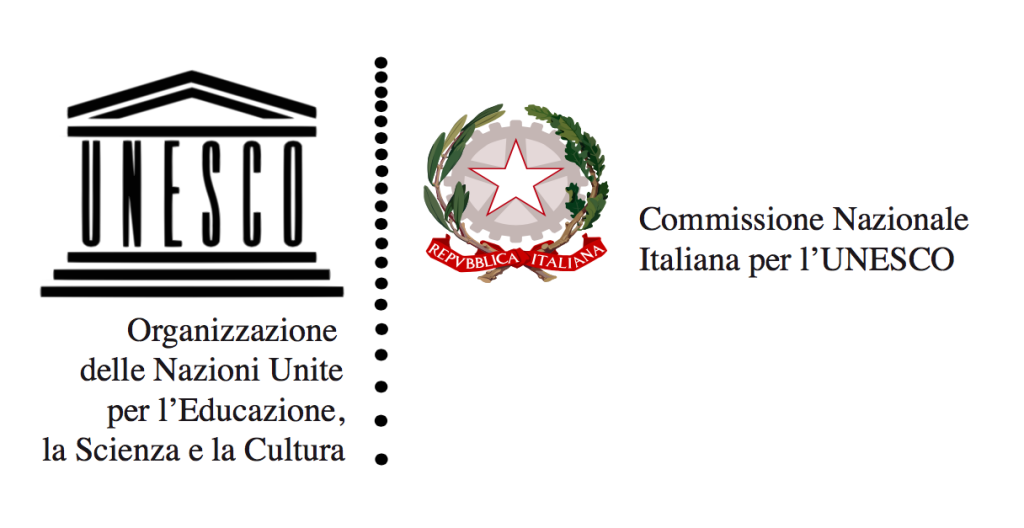Tomb of the Reliefs
This tomb is located along the Via degli Inferi and is one of the most beautiful in the Necropolis of the Banditaccia di Cerveteri. The tomb was discovered by chance in 1847. It is an underground tomb dating back to the IV-III century BC. belonged to the Etruscan family Matunas.
The monumental entrance opens onto a large tuff staircase that leads to the main room (7.7 x 6.5 x 2.6 meters high). Inside one of the rooms a votive stone was also found on which a sentence is engraved which can more or less be translated as follows: “Vei Matunas, son of Laris, had this tomb built.”
Once you enter the tomb, you can see two pillars with aeolian capital that support the double sloping ceiling. This structure recalls the architecture of the Etruscan houses. As usual, this tomb was also decorated trying to recreate the wealth of the family that owned the tomb, with the aim of leaving an indelible mark of its status. Inside the tomb there are 13 niches destined for as many members of the Matunas family, the first is certainly the one destined for the client of the tomb. This large sepulcher is famous for its relief decorations, made of polychrome stucco, the objects represented there are those of common use in that Etruscan period: weapons, armor, shields, swords, helmets and greaves symbolize the Etruscan military power, which was able to counter the advance of the Greeks, allies of Carthage, in Corsica. Among the other reliefs that you can admire numerous tools for working in the countryside, in the kitchen, a jug for wine, a Tabula Lusoria also equipped with a bag for the pawns and many other objects that symbolized the status of the family within this Etruscan community. Other reliefs depict animals: two geese, a cat caught in the act of capturing a lizard and a stone marten. Beautiful relief decorations also decorate the individual tombs: a jug, a kylix (ceramic wine cup), a lockable chest, a female bust, a stick, a flabello (fan) and some coral necklaces.
Between the legs of one of the large “beds” obtained inside the niches, you can see the relief of a deity from the Etruscan afterlife, depicted with the bust of a human and three snake-like tails, probably the god Typhon. Alongside this deity, Cerberus, the Three-Headed Dog.


